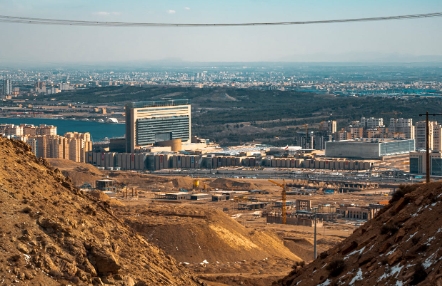The Anthropocene Era is marked by the significant impact of human activities on the Earth’s geology and ecosystems. As such, navigating the complexities of geomorphology in this era requires a deep understanding of the interactions between human activities and natural processes.
Understanding Human Impact
Human activities such as urbanization, deforestation, and industrialization have altered landscapes and created new geomorphological features. It is crucial to study these changes and their impacts on the environment to effectively navigate the complexities of geomorphology in the Anthropocene.
Assessing Erosion and Sedimentation
The increase in human-induced erosion and sedimentation has significant implications for geomorphological processes. By studying these changes, researchers can better understand how human activities are reshaping the Earth’s surface and impacting the overall geology of the planet.
Managing Coastal Dynamics
Coastal areas are particularly vulnerable to the effects of human activities, including sea-level rise, erosion, and coastal development. Understanding the complex interactions between natural processes and human interventions is essential for effective coastal management and geomorphological studies.
Mapping Land Use Changes
Mapping land use changes is essential for studying the impacts of human activities on geomorphological processes. By analyzing these changes, researchers can identify areas that are at risk of erosion, sedimentation, and other geomorphological hazards.
Predicting Future Changes
By studying past and current geomorphological changes, researchers can predict future trends and impacts of human activities on the Earth’s surface. This information is critical for developing sustainable land management strategies and mitigating the effects of geomorphological changes in the Anthropocene.
In conclusion, navigating the complexities of geomorphology in the Anthropocene requires a multidisciplinary approach that considers the interactions between human activities and natural processes. By studying and understanding these complexities, researchers can better manage and protect the Earth’s geology and ecosystems for future generations.

